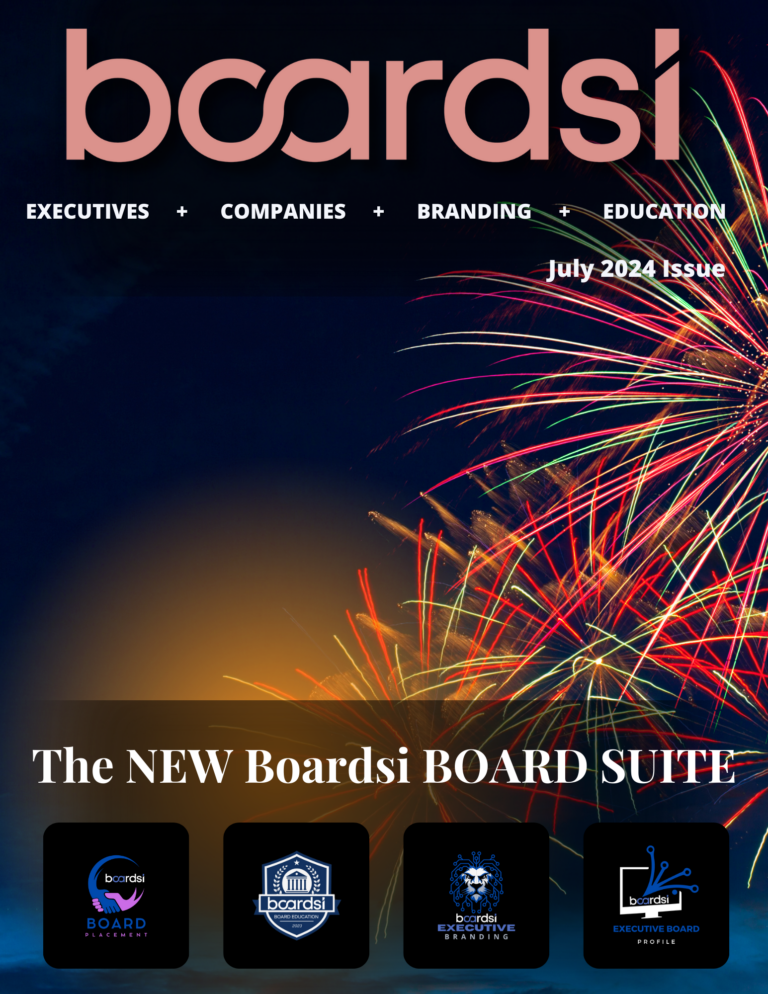If you’re an introverted employee who is uncomfortable about speaking in large group settings—internally or externally—you probably prefer to keep your head down and let your work speak for itself. This method has helped you to succeed in your industry and now you’re at the top of your game.
However, when you step into a leadership role, sometimes duty calls. You may need to present a complex business concept or product launch during a company town hall. You may need to answer to executive leadership members regarding your team’s performance levels during a great (or not so great) quarter. You may even be called upon—at some point during your time with the company—to communicate on its behalf about a hot topic of issue, among your fellow peers in a public space.
If you’re lacking in confidence on how best to prepare, there are plenty of outlets to practice and improve your presentation skills in time for the next big meeting. Below are 13 ideas from Fast Company Executive Board members that may also decrease some anxiety before presenting.
1. ENGAGE IN TWITTER SPACES.
I would sign up for a Twitter account to join Twitter Spaces. Choose any of the discussion rooms and listen in. Try doing this for a couple of days and follow the updates of hosts that moderate them regularly. Then, simply decide to press the “Request” button so you can speak. Twitter Spaces is a platform that is only audio, so it could help you start to participate publically. Be careful though, it can definitely become a new rabbit hole. – Bill Nottingham, Nottingham Unlimited Ventures, LLC
2. PRACTICE BY SHARING STORIES WITH YOUR TEAM.
Practice by connecting with your team on a deeper level by sharing stories and by reading non-verbal cues. Our feelings and emotions are what we remember most after any experience, so identify the emotions you want your employees to feel when you communicate with them. Learn to decipher body language and tone of voice, and share your stories to make your conversations more authentic, vulnerable, and engaging. – Andreea Vanacker, SPARKX5
3. BE KIND TO YOURSELF.
Remember that people are rooting for you to win. They are not looking to see you fail or trip up, they are looking for the best in you. You know this from your own role as an audience member to other people’s public speaking events. You are kind and so are they. – Esther Kestenbaum Prozan, Flowspace, Inc.
4. START IN SMALL SESSIONS OR GROUPS.
Introverted team members often have great ideas and thoughts, but may keep them to themselves. To encourage them to share, make the meetings small in a one-on-one session or just a few people. When their ideas are shared and valuable, provide positive feedback to encourage them to continue speaking up over time. – Martin Rowinski, Boardsi
5. DETERMINE YOUR MESSAGE.
You can find your voice by finding your message. First, find an important message that is worthy to share with others and that you believe in. Your belief will help you master your fear by exuding confidence in the message, pushing your feelings of inadequacy about yourself far into the background. – Tyrone Foster, InvestNet, LLC
6. PICK A PLATFORM THAT’S TRUE TO YOU.
There’s nothing wrong with being an introverted leader, especially in the increasingly digital and post-pandemic world. Everyone must remain true to themselves. That being said, if an introverted leader wishes to share insights to larger crowds in controlled environments, there are always options, such as vlogs, podcasts, Ask Me Anything (AMA) interviews, and webinars. No need to make drastic changes to be your best self! – Ido Wiesenberg, Voyantis
7. FIND YOUR PASSION.
Find a topic that you are passionate about, and it doesn’t have to be about work. It might be how to level up in retro gaming, and then you can explore the best ways to educate others about the topic. Perhaps you’ll contribute to a publication, speak on a pre-recorded podcast or create a how-to video. Whatever you choose, build confidence by speaking about what you love and then looking at ways to apply it across work and in your everyday lifestyle. – Val Vacante, Merkle, a Dentsu company
8. PRACTICE, PRACTICE, PRACTICE.
The only way to become better at something is to do it. Every time an introverted or non-confident speaker has the opportunity to speak, they should grab it. Remember, Steve Jobs was pretty inspirational as a speaker and he was pretty introverted. – Brendan P. Keegan, Merchants Fleet
9. PARTICIPATE IN FORUMS WITH LOW STAKES.
Start with lower-risk and shorter-length forums where the communication stakes are not that high, but where you’re provided with an opportunity to build that communication muscle. Assuming you can choose the topic, start with a familiar and interesting one. – David Jaber, Climate Positive Consulting
10. LISTEN AND ASK QUESTIONS FIRST.
I am an introvert by nature, but I built my self-confidence by listening to my team and asking them questions. I always want to ensure they feel valued and heard. – Kristin Marquet, Marquet Media, LLC
11. BUILD PARTNERSHIPS.
Start building partnerships. Sometimes it can be helpful to speak to peers with little to no stress, making the conversation more about building relationships. It’s a great way to feel more confident. When dealing with sales or employees, however, it can be challenging as the pressure to engage in networking is always there. Instead, make it a stress-free experience. – Christopher Tompkins, The Go! Agency
12. GET TO THE ROOT OF (AND FACE) YOUR FEAR.
You need to get to the core belief that creates such fears. For example, someone who fears public speaking imagines themselves in front of a crowd that judges them. At a deeper level, they believe that there’s nothing worse than being disliked by a number of people. However, there are many things about these assumptions that can be refuted. Look for the real issue and you can overcome them. – Syed Balkhi, WPBeginner
13. CHOOSE A GROWTH MINDSET.
Carol Dweck, a Stanford psychologist highlights having a growth mindset over a fixed mindset. A fixed mindset says you are not good at public speaking, so you should avoid it. A growth mindset says that your true potential is unknown because it’s impossible to foresee what might happen because of passion, effort, and practice. This way of thinking creates an environment where people can safely stretch and build a voice. – Britton Bloch, Navy Federal









